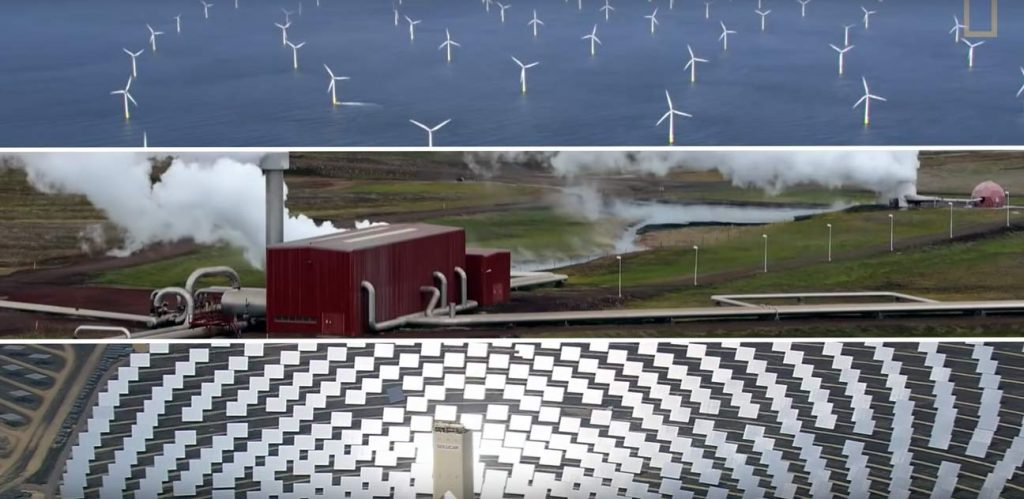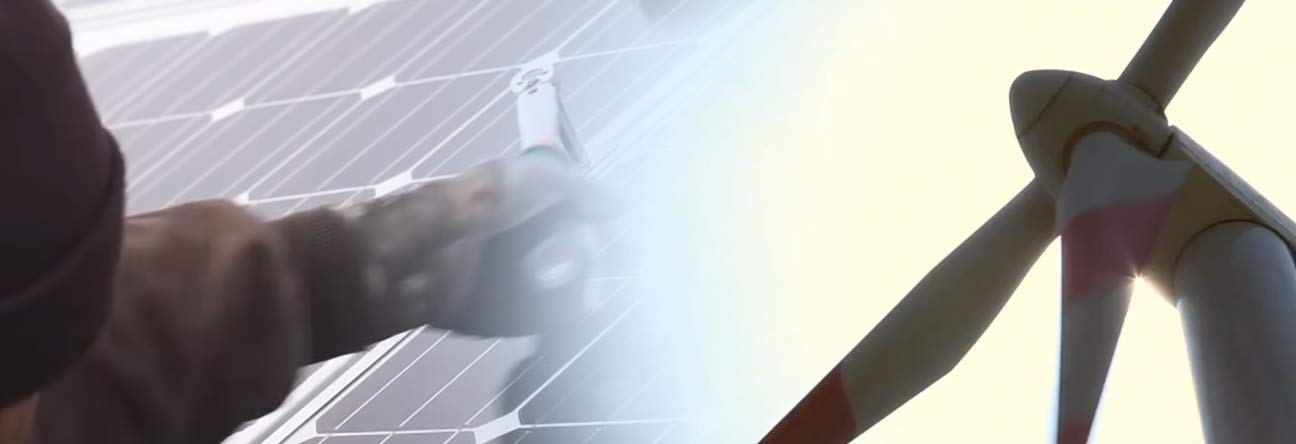
In a world increasingly aware of climate change, the transition towards sustainable energy systems is imperative. Among the vanguard of this transition are initiatives like the Desertec Foundation, Energy Transitions Initiative-Global (ETI-G), and RE100. Each of these organizations embodies a unique approach toward harnessing renewable resources, promoting clean energy transitions, and fostering sustainable electricity generation.
Desertec Foundation (TREC, UK)
The Desertec concept evolved from the Trans-Mediterranean Renewable Energy Cooperation (TREC, UK), established in 2003 by the Club of Rome and the National Energy Research Center in Jordan. TREC was a voluntary organization encompassing scientists and experts from Europe, the Middle East, and North Africa (EU-MENA) that laid the groundwork for the Desertec Foundation.
Core Concepts:
- Concentrated Solar Power (CSP): The Desertec concept emphasizes harnessing solar energy from desert regions, particularly North Africa, using Concentrated Solar Power (CSP) technologies. CSP involves the use of mirrors to focus sunlight, generate heat, and subsequently produce electricity. This energy could be channelled to Europe and the UK to meet a significant portion of their electricity needs.
- Solar Electricity Generation: Desertec aims to exploit the vast solar resources in desert regions, which receive solar energy equivalent to 1.5 million barrels of oil per square kilometre annually. By deploying CSP technologies, a small fraction of the world’s deserts could potentially generate as much electricity as the world currently consumes.
- Global Energy Sources: The initiative strives to develop a global renewable energy plan, utilizing regions with abundant renewable energy resources. The emphasis is on sustainable energy systems to meet growing electricity demands while mitigating environmental impacts.

Transmission and Distribution
- HVDC Transmission: To transport the generated solar electricity to consumption centers, Desertec proposes the creation of a High Voltage Direct Current (HVDC) ‘supergrid’. This grid would integrate with existing High Voltage Alternating Current (HVAC) transmission lines, enhancing efficiency and reducing power loss during long-distance electricity transmission.
- Electricity Transmission Grid: The envisaged ‘supergrid’ would facilitate the transmission of desert-generated electricity across Europe, the Middle East, and North Africa, allowing these regions to benefit from desert electricity significantly. The development of such a grid also lays the groundwork for a more interconnected and reliable electric energy supply infrastructure.
Electric Energy Supply and Impact
By exploiting solar and wind energy from desert regions, Desertec aims to contribute to the creation of sustainable energy systems. This initiative represents a step towards diversifying global energy sources, reducing dependency on fossil fuels, and transitioning towards a more sustainable and reliable electric energy supply.

Electricity Transmission, UK
Desertec-UK is focused on the potential of CSP in North African deserts to provide clean electrical energy for Europe and the UK. This includes exploring and advocating for the necessary transmission and distribution infrastructure to enable solar electricity generation and supply from desert regions to the UK and beyond.
The Desertec concept, through its focus on harnessing renewable energy from desert regions and developing efficient transmission systems, aims to significantly contribute to global sustainable energy solutions.
Energy Transitions Initiative-Global (ETI-G):
ETI-G aims to support the clean energy transition, particularly for islands and remote communities. It’s designed to advance self-reliant, local decision-making to facilitate the development of reliable, resilient energy systems for island nations globally.
Activities:
- Under this initiative, the US Department of Energy’s National Renewable Energy Laboratory (NREL) published the Energy Resilience Playbook, which offers innovative pathways to clean energy transitions.
- ETI-G also plans to conduct technical exchanges in partnership with the Caribbean and Pacific Islands, focusing on resilience planning and powering critical infrastructure.
RE100
RE100 is a global corporate renewable energy initiative aimed at rallying large and ambitious businesses towards committing to 100% renewable electricity. The initiative’s overarching goal is to accelerate the transition towards zero carbon grids at a large scale.
Activities:
- This initiative is led by the Climate Group and was established in partnership with CDP. It brings together hundreds of global corporations, fostering a collective commitment towards 100% renewable electricity.
- Through RE100, member companies share best practices, challenges, and solutions, thereby promoting a collaborative approach toward achieving renewable electricity goals.

Resources Related to CSP
In this section, you’ll find relevant details and direct links to brochures, presentations, and other materials related to CSP and the concepts of Desertec.
- Peak Oil and The Impact of Peak Oil on International Development by House of Commons All Party Parliamentary Group (2008) delves into the impending challenges posed by the peak of global oil production. It underscores the implications for international development, stressing the need for sustainable energy solutions to support global economic and social progress.
- Desert Power: The Manual for Renewable Electricity in MENA (2010) offers a comprehensive guide to harnessing renewable energy potential in the Middle East and North Africa (MENA) region. Drawing attention to the vast solar and wind resources in the desert landscapes, the manual outlines strategies, technologies, and policies to promote sustainable electricity generation in this rapidly developing region.
- Concentrating solar power: A review of the technology (2004) provides a comprehensive overview of the state-of-the-art in concentrating solar technologies at that time. It details the principles behind harnessing and concentrating sunlight to produce heat or electricity and delves into the various system designs, components, and operational nuances.
- Assessment of the World Bank/GEF Strategy for the Market Development of Concentrating Solar Thermal Power (2006) is a publication by the World Bank Group’s Global Environment Facility (GEF) Program. It provides a thorough examination of the strategies adopted by the World Bank and GEF to stimulate the market for Concentrating Solar Thermal Power (CSP).
- Trans-Mediterranean Interconnection for Concentrating Solar Power (2006) report delves into the potential of creating an integrated power network spanning the Mediterranean region to harness and distribute energy generated from Concentrating Solar Power (CSP). Given the vast solar potential of regions south of the Mediterranean, such an interconnection can play a pivotal role in enhancing energy security, promoting renewable adoption, and fostering regional cooperation.
- GLOBAL ENERGY SUPPLY POTENTIAL OF CONCENTRATING SOLAR POWER by Christian Breyer and Gerhard Knies (2015-2018) evaluates the global energy potential of Concentrating Solar Thermal Power (CSP). Using satellite data and considering global population distribution, they assess suitable locations for CSP and its capacity to meet worldwide energy demands. Their findings highlight CSP’s promising role in future energy supply, aligning with the core assumptions of the DESERTEC concept.